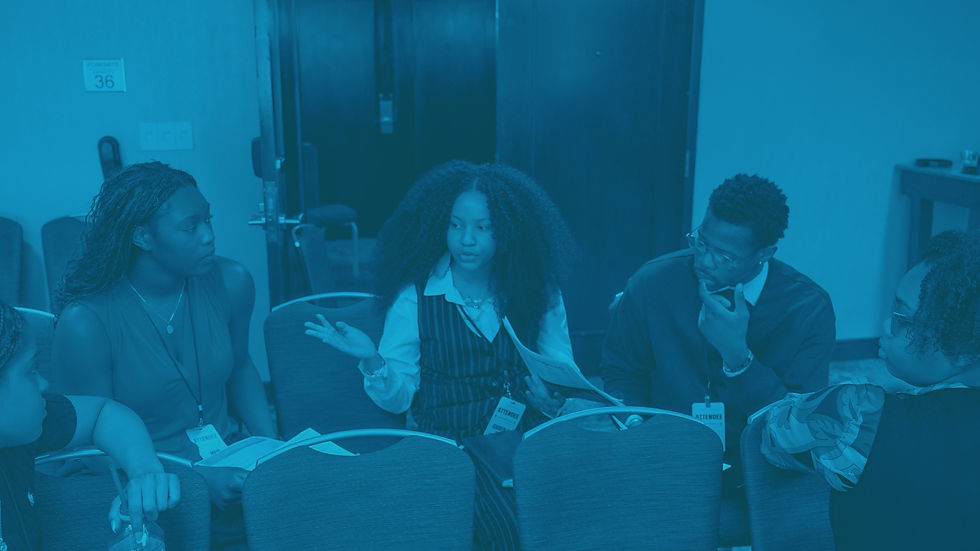OUR MISSION
The United States Student Association, the country’s oldest, largest, and most inclusive national student-led organization, develops current and future leaders and amplifies the student voice at the local, state, and national levels by mobilizing grassroots power to win concrete victories on student issues.


DONATE
TO THE MOVEMENT
Invest in the future of student leadership and advocacy by becoming a monthly sustainer of the United States Students Association (USSA), the USSA Foundation, or—if you’re feeling extra inspired—both!
Your ongoing support helps strengthen national student organizing, leadership development, and campaigns for equity and justice on campuses across the country.
OUR HISTORY
For over a century, students have organized nationally to advance justice and equity—and the United States Students Association (USSA) has been at the heart of that movement since the 1940s. From postwar organizing to the activism of the 1960s and beyond, USSA continues to evolve as students unite to shape a new era of advocacy and action.

THE STUDENT RESISTANCE JOURNAL
Stay connected with the voices driving the student movement. The USSA Blog highlights stories, insights, and perspectives from student leaders across the country, covering grassroots organizing, national advocacy, campus campaigns, and the issues shaping higher education today.
READY
TO JOIN THE MOVEMENT?
Have questions, ideas, or want to get involved?
The United States Students Association is here to connect with students, alumni, and allies working to build student power nationwide.









